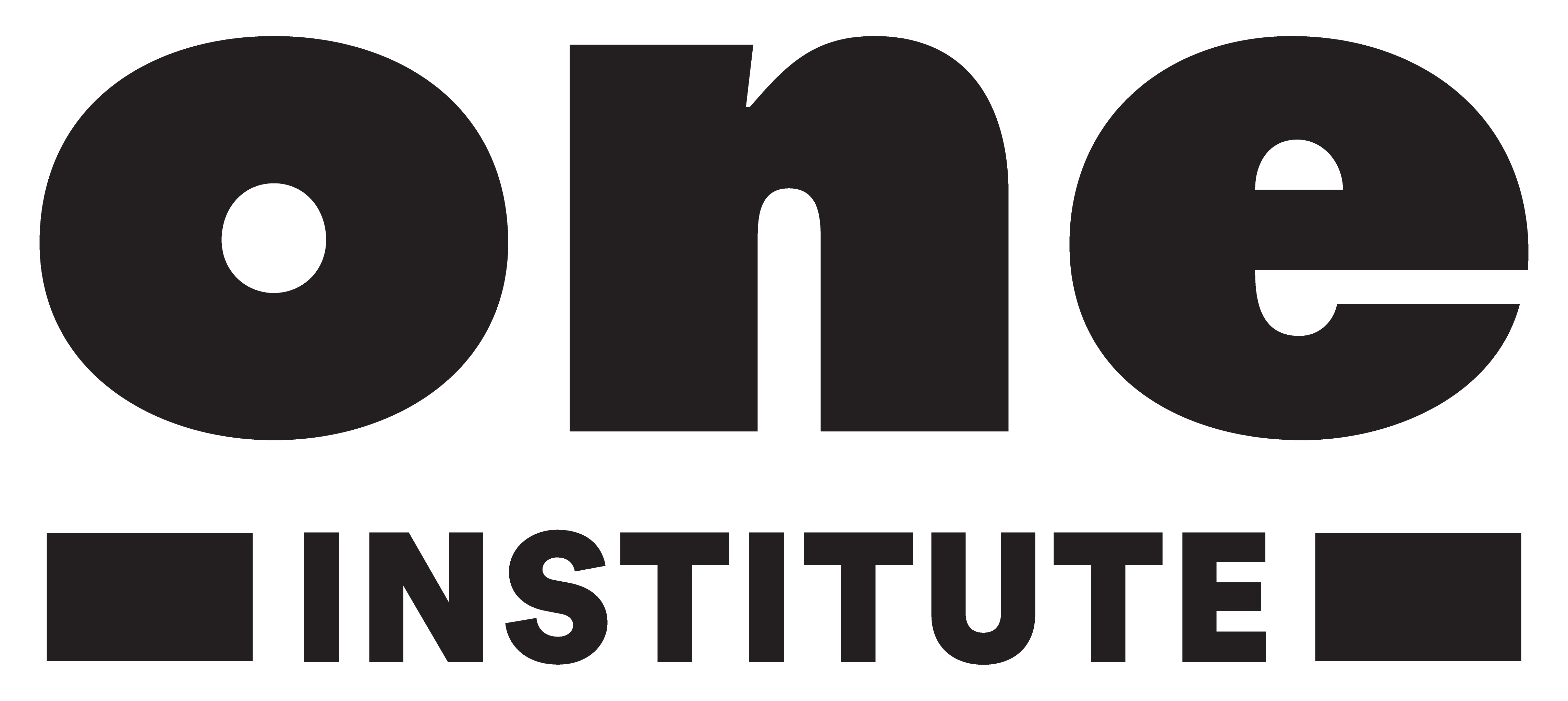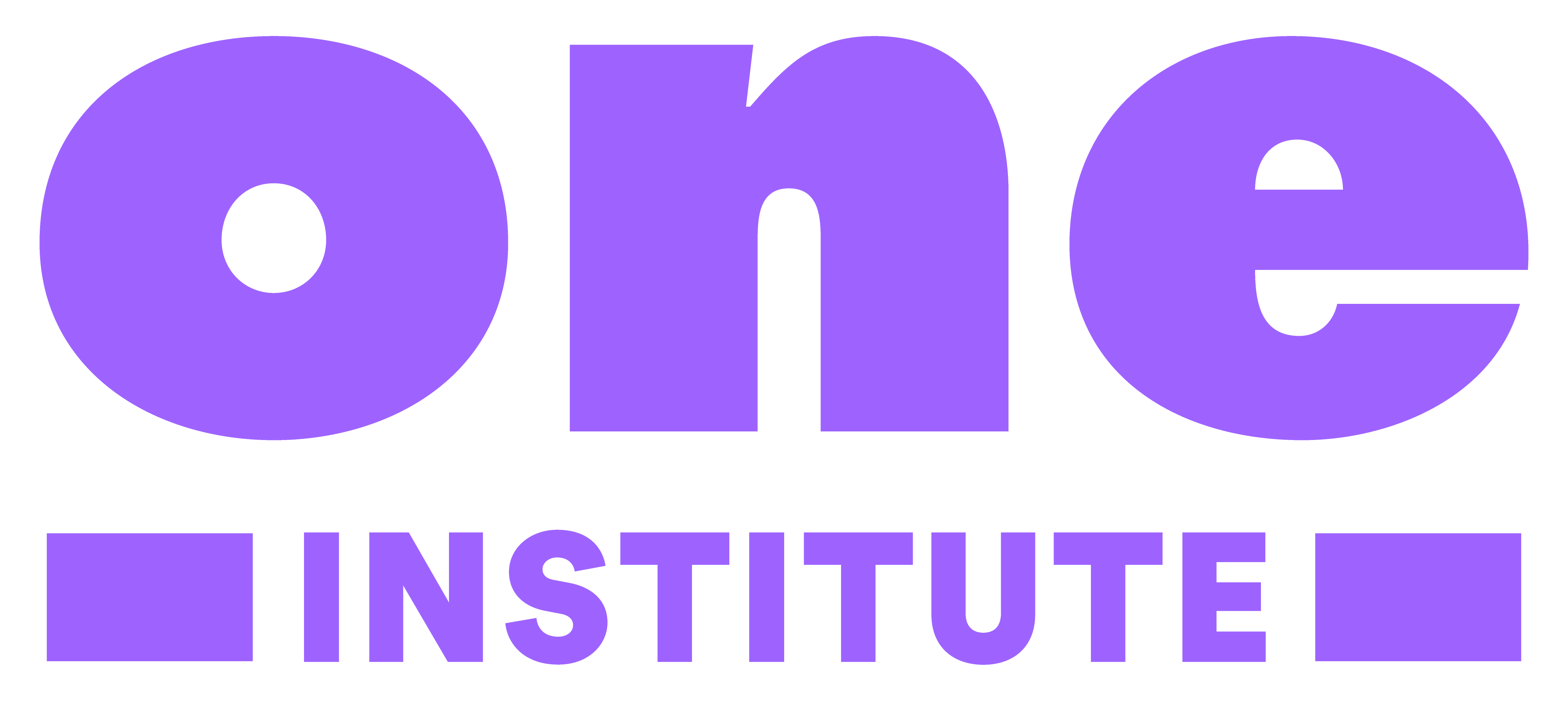LGBTQ+ Primary Sources in Teacher Education
This article is authored by Leia K. Cain, from the 2018-19 cohort of the LGBTQ Research Fellowship program at the One Institute.
My work focuses on LGBTQ+ inclusive social studies curricula within school settings. While California is certainly ahead of the game, the majority of states within the U.S. do not include LGBTQ+ content within their schools. In fact, seven states have laws – called no promo homo laws – that specifically ban the discussion of queer individuals and topics. Some of these states, though, do allow discussion but only around the transmission of AIDS or HIV; for example, in South Carolina, health education “may not include a discussion of alternate sexual lifestyles from heterosexual relationships including, but not limited to, homosexual relationships except in the context of instruction concerning sexually transmitted diseases” (S.C. Stat. § 59-32-30(5)).
Research has shown for decades that students who see themselves in the curricula care more about the content and therefore perform better. This is one of the reasons why, for example, history textbooks will have a little side bar with famous women of the era. In my experience, nobody argues with this fact, and people are generally happy to discuss historical women and people of color. However, when it comes to including queer individuals or topics within our classrooms, people stop and question the teachers. Why is that?
I’ve been interviewing social studies teachers over the past decade asking if they include LGBTQ+ inclusive people or themes within their classrooms, and if they don’t, why. Almost every single teacher that I have interviewed in North Carolina, South Carolina, and Georgia, have said that they don’t include these topics because they don’t know how… or because they don’t know of historical queer people, or of happenings relevant to the standards in their state.
I visited ONE Archives this past summer to surround myself with the largest collection of LGBTQ+ related materials in the world. This experience was overwhelming; I sought primary sources, and I found myself in the midst of more than I could ever hope to read or document. As Social Studies teachers, we often are quick to embrace primary sources as living historical documents. My goal is to train teachers how to use queer related primary source documents to match standards within their state. Currently, I’m working on linking primary source documents that I photographed at ONE Archives with standards, and hope to publish a guide that uses these materials as examples.
Working at ONE Archives over the summer was a dream come true, and I can’t wait to share my findings with teachers across the nation!

Leia K. Cain
2018 LGBTQ Research Fellow, One Institute


